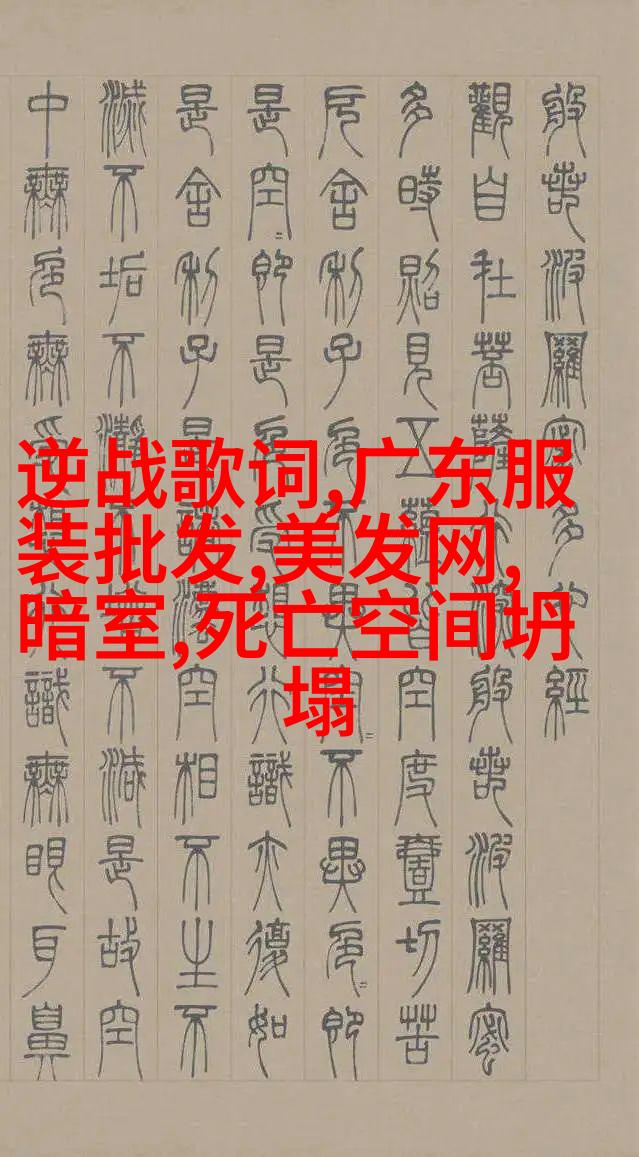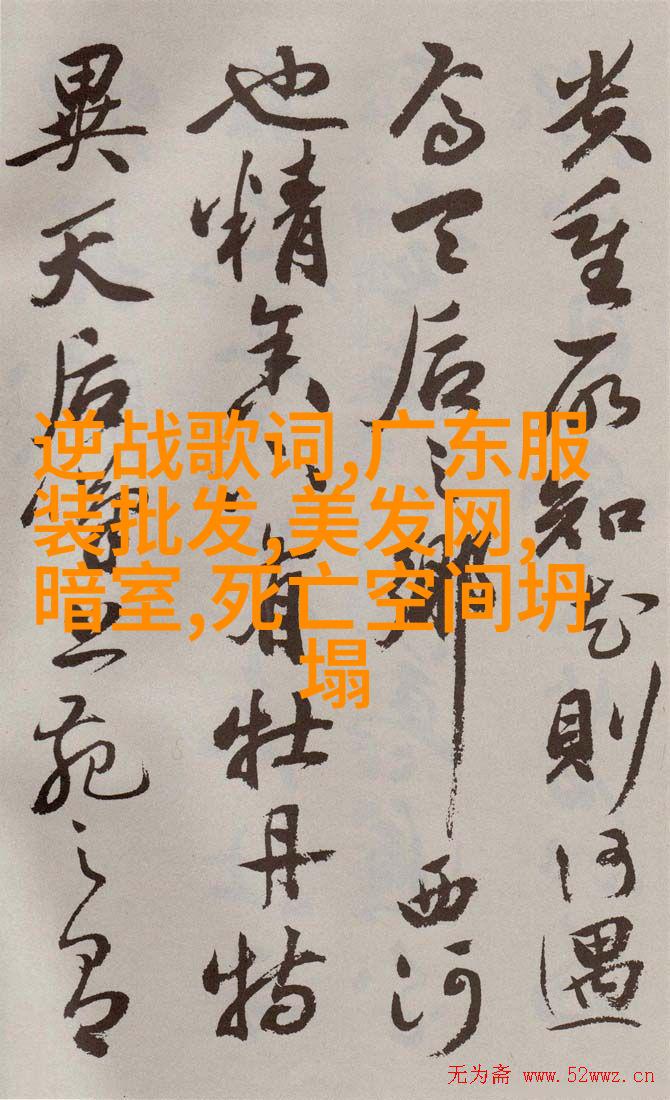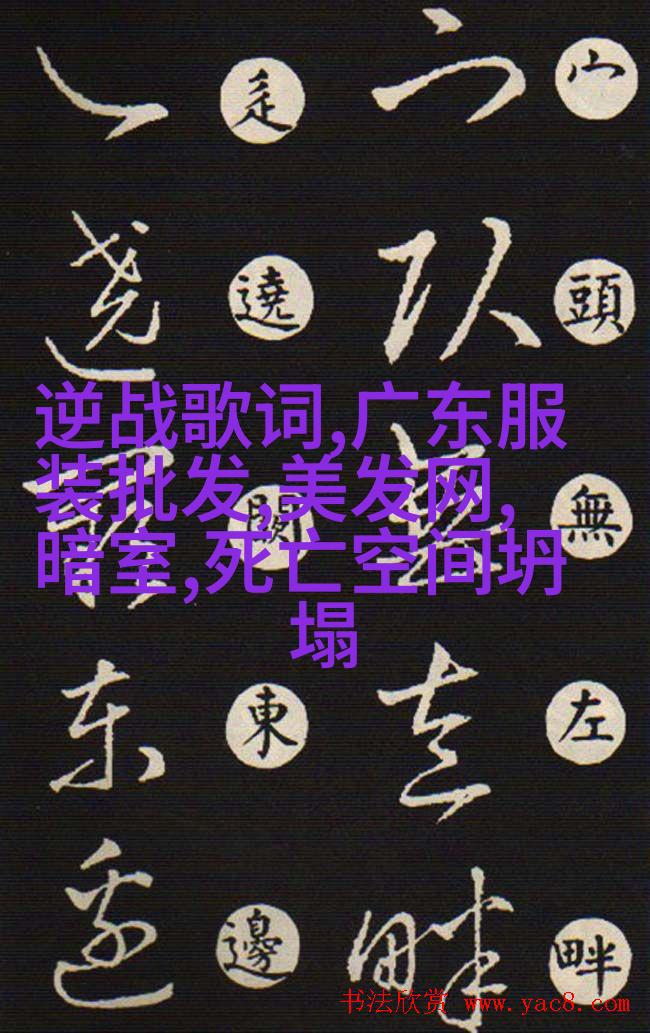如何理解日本人的穿搭风格中蕴含的简约美学原则
日本服装文化深厚,自古以来就以其独特的审美趣味和精致工艺闻名。尤其是近年来,随着全球化的推进,日本服装设计不仅在国内外获得了越来越多的人们的喜爱,也被广泛认为是一种代表着东方文化与现代时尚结合的典范。在这一过程中,“简约”这一美学原则成为了日本服装的一个重要组成部分,它体现在服饰设计、色彩搭配以及整体造型上。

简约美学原则
简约是一个强调减少不必要元素,以达到最终效果或目的的手法。在日常生活中的衣着选择中,这一理念体现为“能动于无形之中”,即通过对基本元素(如颜色、图案)的精准运用,使得整个造型既简单又富有层次感。这种方式不仅节省了资源,也让人在复杂繁忙的现代社会中保持一种宁静与内心平和。

日本传统与现代融合
Japan's traditional clothing, such as kimonos and hakama, have been an integral part of the country's cultural heritage for centuries. These garments are not only a symbol of Japan's rich history but also reflect the nation's aesthetic values. In recent years, these traditional elements have been incorporated into modern fashion designs, giving rise to a unique fusion of traditional and contemporary styles.

This blend is evident in the use of traditional patterns like cherry blossoms or waves on modern fabrics. The incorporation of these motifs adds an element of timelessness to contemporary outfits while maintaining their relevance in today’s fast-paced world.
和服元素在现代城市衣着中的应用

The influence of Japanese aesthetics can be seen in various aspects of daily life beyond just clothing. For instance, many designers incorporate elements from nature into their designs – this could include leaves or flowers – which reflects the emphasis on simplicity and minimalism.
In terms of actual garment design, one might see subtle touches like asymmetrical hems or unusual fabric textures that add visual interest without overwhelming the senses. This approach allows individuals to express themselves through their attire while still adhering to principles that promote elegance and refinement.

Moreover, Japanese fashion has embraced concepts like "less-is-more" by focusing on clean lines and streamlined silhouettes rather than elaborate embellishments. This focus on functionality alongside aesthetics results in garments that are both stylish and practical for everyday wear.
个人化定制服务:个性化与传统纹理
Japanese culture places great importance on individuality; therefore it is no surprise that personalized customization services have become increasingly popular within the industry. By tailoring clothes according to personal preferences – including color palette choices or pattern combinations – individuals can create unique pieces that truly reflect their personalities while staying true to Japan’s minimalist philosophy.
Furthermore, incorporating natural materials with intricate patterns serves as another way Japanese fashion upholds its commitment to tradition amidst modernization efforts. From silk fabrics adorned with hand-painted motifs inspired by nature scenes (such as mountains) to woven textiles featuring geometric shapes derived from ancient pottery designs (like Kanoko), there exists a plethora options available for consumers seeking authentic representations of Japan’s heritage within contemporary contexts.
In conclusion, understanding Japan's simple yet elegant approach towards fashion requires looking beyond surface appearances at how they balance tradition with innovation using principles such as minimalism when designing clothes for all occasions - whether formal events or casual day-to-day wearings - thus creating an enduring legacy within global fashion circles through timeless beauty combined with cutting-edge style trends worldwide across multiple decades now far reaching well over several generations since inception times long past ago even so before we came upon our present era where we live among friends who share similar interests together sharing ideas about things happening around us right here inside this ever-changing universe we find ourselves living inside now!